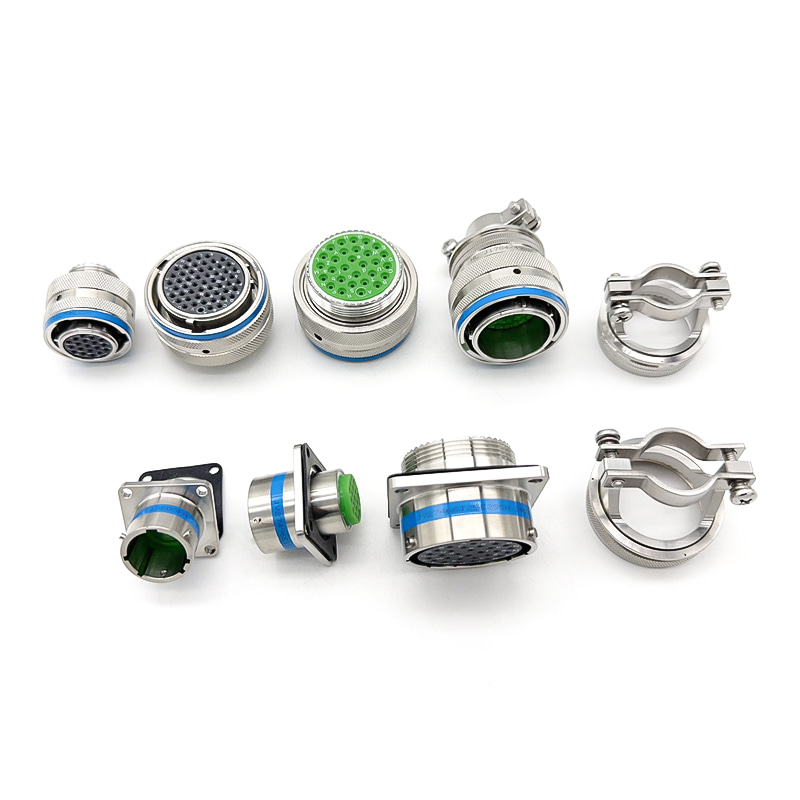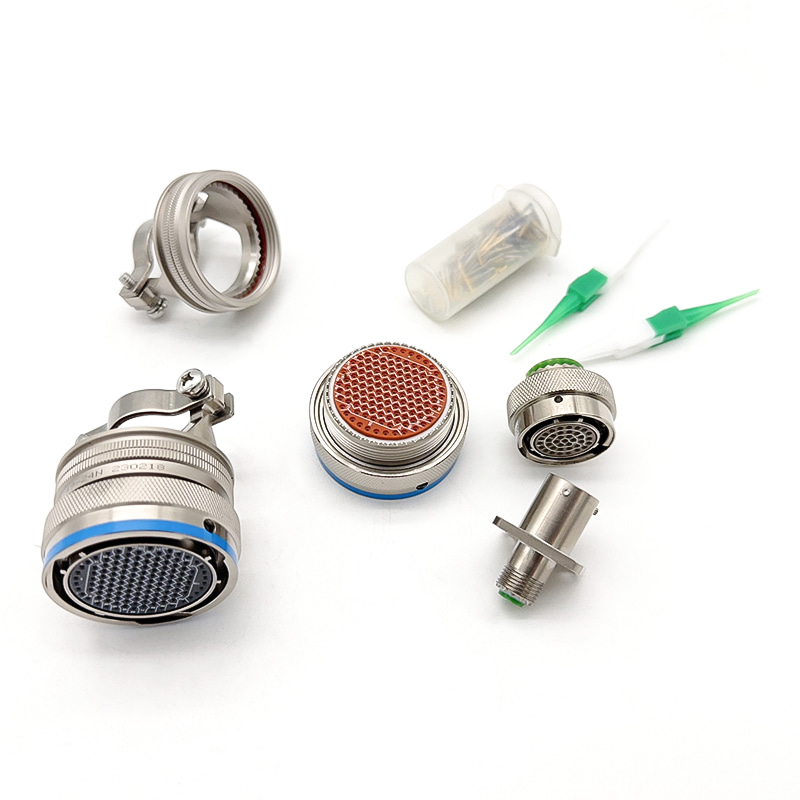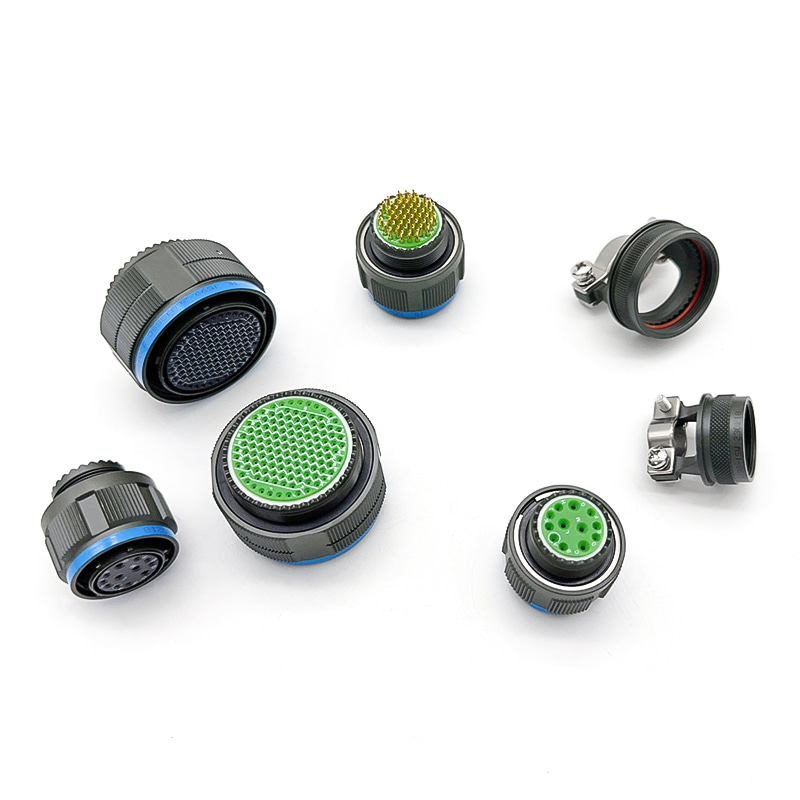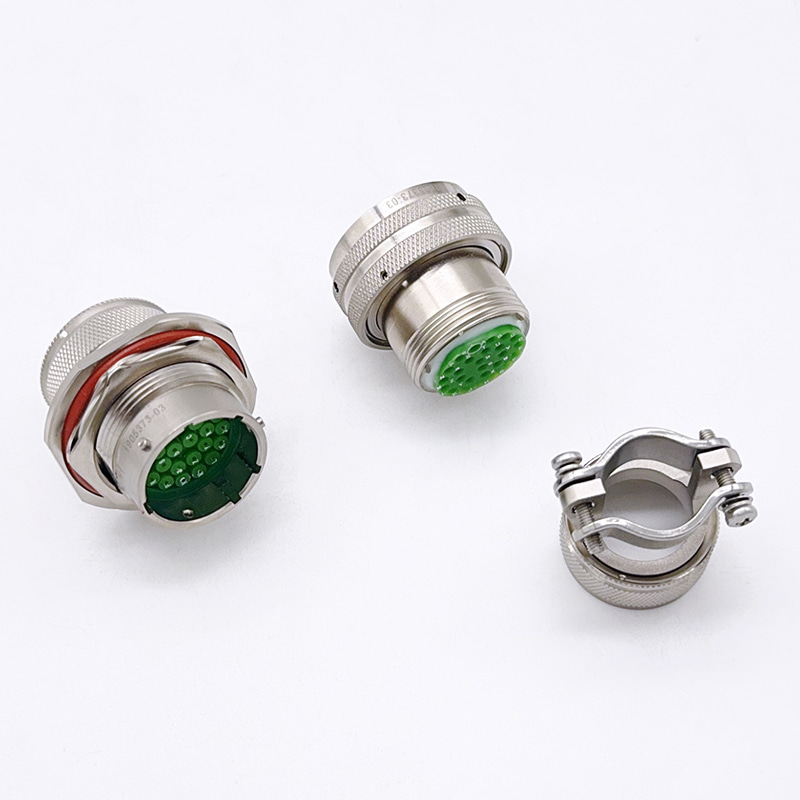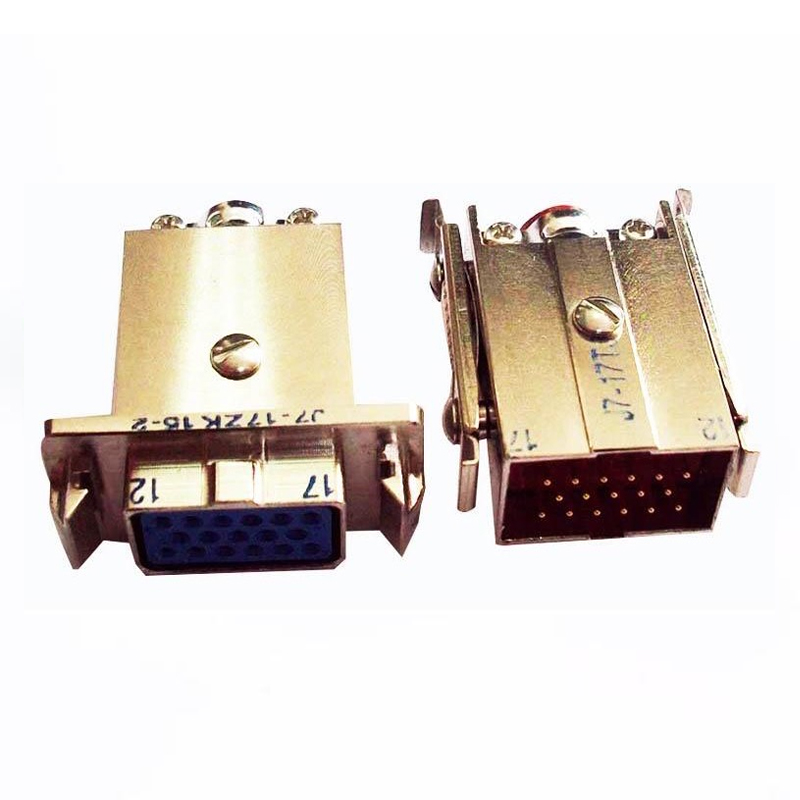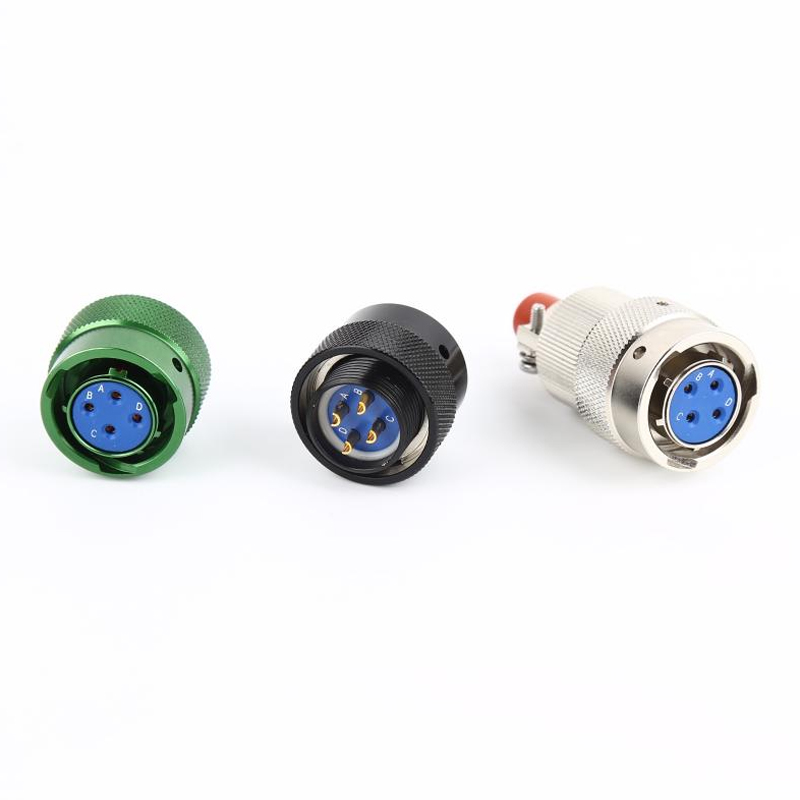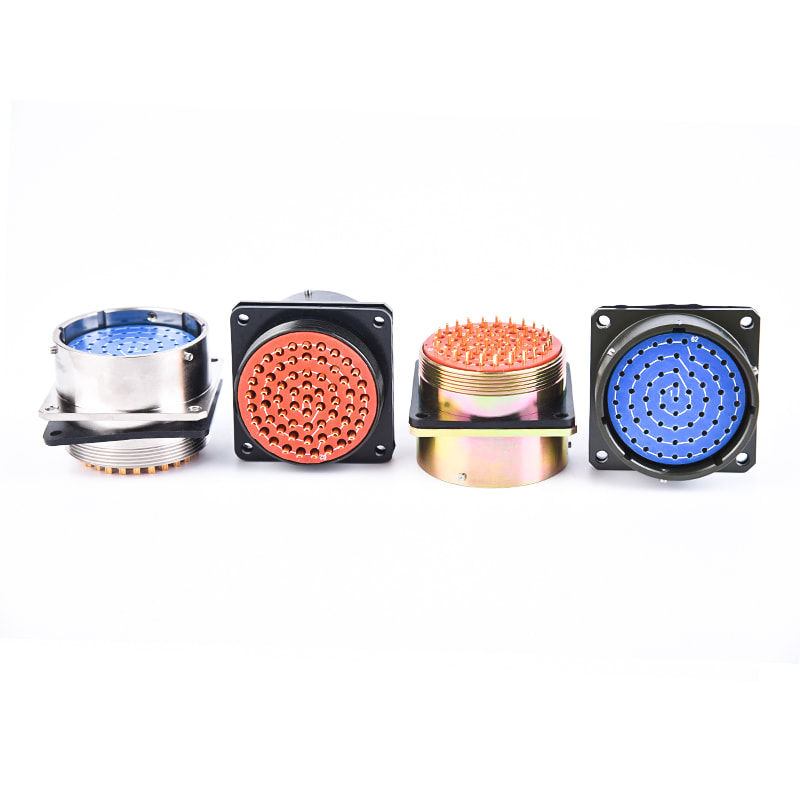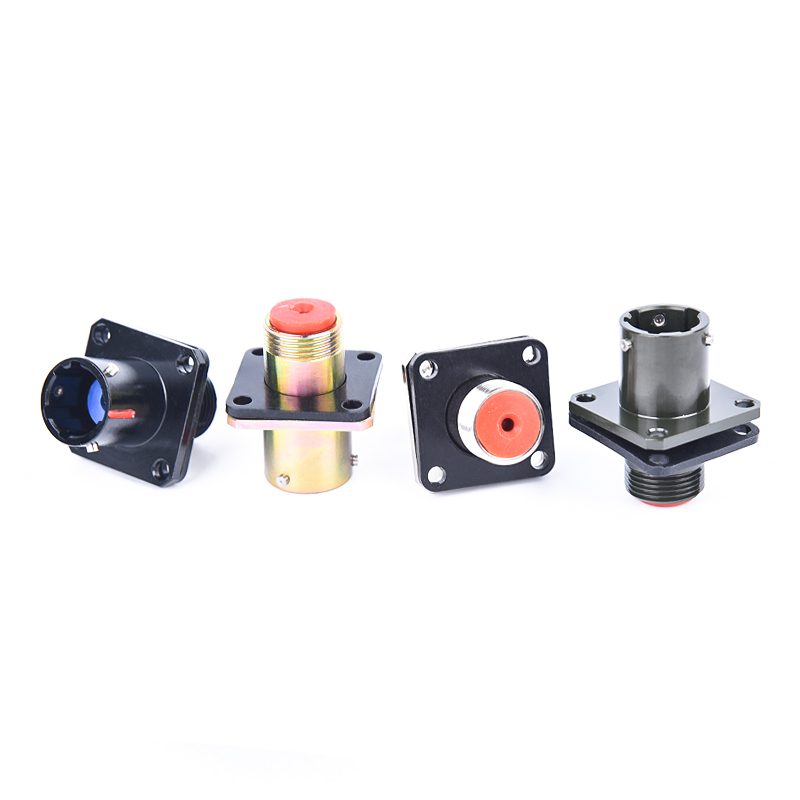- Home
- Products
- Solutions
- Quality
- Company
- Insight
- Contact
Web Menu
- Home
- Products
- Solutions
- Quality
- Company
- Insight
- Contact
Product Search
Exit Menu
How to Select and Certify High-Quality Connectors Compliant with MIL-DTL-26482 Series II Standards
-
All News
Product
- - Military Electrical Connectors
- - Circular Electrical Connector
- - Rectangular Electrical Connector
- - Push Pull Self-Locking Connector
- - Russian Connectors
- - Cable Connectors
- - RJ45 and USB Electrical Connectors
- - Fiber Optic Electrical Connectors
- - Anti Water And Electricity Connectors
- - Circular Power Connector
How to Select and Certify High-Quality Connectors Compliant with MIL-DTL-26482 Series II Standards
- 1 Understanding the Core Specifications and Requirements of MIL-DTL-26482 Series II
- 2 How to Verify a MIL-DTL-26482 Series II Certified Supplier
- 3
- 4 MIL-DTL-26482 Series II Connector Acceptance Testing Process
- 5 Series I vs. Series II: Key Upgrades and Differences Comparison
- 6 Connector Selection Recommendations for High-Vibration Environments
- 7 FAQ
- 7.1 Are MIL-DTL-26482 Series II connectors compatible with Series I?
- 7.2 Can we perform our own certification for products from suppliers not on the QPL?
- 7.3 Besides MIL-DTL-26482, what other common military connector standards are there?
- 7.4 How to properly clean and maintain MIL-DTL-26482 connectors?
In the defense, aerospace, and high-end industrial sectors, selecting the correct electrical interconnection solution is paramount. The MIL-DTL-26482 Series II Military Electrical Connectors serve as a proven and reliable standard, widely used in critical systems operating in harsh environments. However, ensuring that the connectors you procure truly comply with the standard and possess the required reliability is a complex task. This article provides a comprehensive guide, from interpreting technical specifications and auditing suppliers to acceptance testing, walking you through how to identify and certify truly high-quality MIL-DTL-26482 Series II Military Electrical Connectors to ensure the success of your project.
Understanding the Core Specifications and Requirements of MIL-DTL-26482 Series II
The first step in the selection process is to develop a deep understanding of the standard itself. The MIL-DTL-26482 specification details the design, performance, testing, and acceptance criteria for the connectors. Series II is one of its main revisions, offering significant improvements over Series I in materials, performance, and miniaturization.
- Environmental Performance: The specification requires connectors to withstand extreme temperatures, humidity, salt spray, vibration, and shock. This makes material selection and sealing design critical.
- Mechanical Performance: This includes mating durability, contact retention, and shell robustness. For instance, connectors often need to endure hundreds of mating cycles without failure.
- Electrical Performance: It specifies values for current rating, voltage rating, contact resistance, and insulation resistance. These parameters directly impact the integrity of signal and power transmission.
- Materials and Processes: Shells are typically made of aluminum alloy or stainless steel with corrosion-resistant coatings. Insulator materials must have high dielectric strength and high-temperature resistance. The thickness of platings (e.g., gold or silver) is also strictly specified to ensure good conductivity and corrosion resistance.
How to Verify a MIL-DTL-26482 Series II Certified Supplier
Not all suppliers who claim compliance can deliver products of equal quality. Conducting thorough supplier audits is a critical step in mitigating risk. Finding a truly reliable MIL-DTL-26482 Series II certified supplier requires evaluating multiple aspects.
- Qualified Manufacturers List (QML)/Qualified Products List (QPL): First, confirm if the supplier is listed on the official Qualified Manufacturers List (QML) or Qualified Products List (QPL). This is the most direct official credential.
- Quality System Certification: Ensure the supplier holds internationally recognized quality management system certifications such as AS9100 (Aerospace) or ISO 9001, indicating their production process is traceable and consistent.
- Testing Capabilities and Records: Inquire if the supplier has in-house testing capabilities (e.g., electrical, environmental, mechanical testing) and request test reports for previous products (e.g., First Article Inspection Report - FAIR).
- Supply Chain Transparency: Understand their source of raw materials, ensuring all critical materials come from approved, traceable channels.
Supplier Audit Key Checkpoints Table
| Audit Item | Inspection Content | Compliant Standard Requirement |
| Certification Status | Holds valid QML/QPL certification | Can provide official certification number for verification |
| Quality System | Certified to AS9100/ISO 9001 | Certificate is valid and scope covers connector manufacturing |
| Production Process Control | Maintains strict process control records (SPC) | Key processes (e.g., crimping, potting) have real-time monitoring and data logging |
| Inspection & Testing | Has a well-equipped inspection lab | Capable of performing all environmental, mechanical, and electrical tests required by the spec |
MIL-DTL-26482 Series II Connector Acceptance Testing Process
Even with qualified suppliers, performing incoming acceptance testing on every batch of connectors is an essential procedure. This effectively prevents batch quality issues. A complete MIL-DTL-26482 Series II acceptance testing process should include the following steps.
- Visual and Dimensional Inspection: Conduct a 100% visual inspection first for physical damage, burrs, corrosion, or incorrect markings. Use calipers, gauges, etc., for sampling inspection of critical dimensions to ensure they match the drawings.
- Electrical Testing: Use a low-resistance ohmmeter (milliohmmeter) to measure contact resistance, ensuring it is below the specification's maximum value. Use an insulation resistance tester (megohmmeter) to measure insulation resistance, ensuring it remains high even in humid environments.
- Environmental Testing (Sampling): Extract samples from each batch for salt spray testing, temperature cycling tests, etc., to verify corrosion resistance and performance stability under alternating high and low temperatures.
- Mechanical Testing (Sampling): Perform mating force and contact retention tests on samples to ensure their mechanical performance meets the number of cycles and force requirements specified in the standard.
Series I vs. Series II: Key Upgrades and Differences Comparison
Understanding the differences between revisions helps you make more informed choices. For many users, comprehending the MIL-DTL-26482 Series I vs Series II differences is key to deciding whether to upgrade or which type to select.
- Size and Weight: Series II connectors are typically designed to be lighter and more compact while maintaining the same performance, aiding in equipment weight reduction and miniaturization.
- Materials and Technology: Series II more frequently employs advanced composite materials and improved plating technologies, offering better environmental resistance and longer service life.
- Performance Enhancements: Series II often has specific improvements in electrical performance (e.g., higher current rating) and environmental sealing (e.g., better IP rating).
- Interoperability: Despite differences, many Series II connectors are designed to be backward compatible with Series I interfaces, but performance is governed by the Series II spec. Special caution is needed when mixing.
Series I vs. Series II Key Characteristics Comparison Table
| Characteristic | Series I | Series II |
| Typical Shell Material | Aluminum Alloy, Steel | Aluminum Alloy, Stainless Steel, Composites |
| Weight & Size | Relatively Larger, Heavier | Lighter, More Compact |
| Environmental Resistance | Good | Excellent (Improved Sealing & Coatings) |
| Max Operating Temperature | Standard Grade | Typically Higher (Material Improvements) |
| Common Era of Application | Older Systems | New Designs & Upgrade Systems |
Connector Selection Recommendations for High-Vibration Environments
In aircraft, armored vehicles, or heavy machinery, vibration is a leading cause of connector failure. Selecting the right Series II connector for high vibration military connector applications requires extra attention to several design details.
- Coupling Locking Mechanism: Prioritize connectors with robust, reliable locking mechanisms, such as triple-start threaded coupling nuts or push-pull quick-lock designs, to prevent loosening under vibration.
- Contact Type: Choose contacts with high-retention designs, such as hyperbolic or tuning fork types, which are more resistant to pin back-out caused by vibration than traditional round socket contacts.
- Rear Accessories:Use supporting strain reliefs or cable clamps to secure the cable, avoiding stress directly transferred to solder joints or crimps. This is crucial for preventing failures.
- Potting and Sealing: In extreme cases, consider using rear potting to encapsulate the entire connector backshell, providing maximum mechanical support and environmental protection for the contacts.
FAQ
Are MIL-DTL-26482 Series II connectors compatible with Series I?
This is a common and important question. The answer is usually "mechanically compatible but performance is not guaranteed." Many Series II connectors are designed to mate with Series I interfaces dimensionally, meaning they can physically connect. However, Series II typically has higher performance standards (e.g., better sealing, higher temperature rating). If you mate a Series I connector with a Series II connector, the performance of the entire pair is limited to the Series I level and may not meet all the requirements of a system originally designed for Series II connectors. Therefore, mixing is not recommended unless explicitly approved by a systems engineer.
Can we perform our own certification for products from suppliers not on the QPL?
Theoretically yes, but it is highly discouraged and very costly. Self-certification means you bear the cost of all qualification testing required by the specification. This includes a vast array of environmental, mechanical, and electrical tests requiring specialized labs and equipment, with total costs potentially reaching tens or even hundreds of thousands of dollars. Furthermore, you would still need to perform rigorous acceptance testing on every incoming batch. Purchasing officially QPL-listed products is the most effective way to transfer risk and cost to the supplier, ensuring product consistency and reliability, and is the best practice in the vast majority of cases.
Besides MIL-DTL-26482, what other common military connector standards are there?
Yes, there is an entire family of military connector standards designed for different applications. Besides the MIL-DTL-26482 Series II Military Electrical Connectors, some common standards include: MIL-DTL-38999 (Series III & IV, smaller, lighter, high-performance circular connectors), MIL-DTL-5015 (large, high-current circular connectors, often used in ships and vehicles), MIL-DTL-83513 (micro-D rectangular connectors, common in aerospace electronics), and MIL-DTL-32139 (nano-miniature rectangular connectors). The choice of standard depends on the specific application needs, such as size, weight, current capacity, and environmental severity.
How to properly clean and maintain MIL-DTL-26482 connectors?
Proper maintenance is crucial for ensuring long-term reliability. Always inspect and clean after disconnection. Use compressed air to blow away dust and debris. For more stubborn contaminants, gently wipe contacts and insulator surfaces with cotton swabs and reagent-grade isopropyl alcohol. Never use acetone or other strong solvents, as they may damage insulating materials. Ensure the connector is completely dry before re-mating. Regularly inspect seals (O-rings) for wear, cracks, or permanent deformation, and replace them promptly. During storage, use the provided protective caps and store in a dry, clean environment.

- Address : Jiangping South Road, Zhangqiao Industrial Park, Taixing City, Jiangsu Province, China
- Phone : +86 176 0151 5794
- Whatsapp : +86 176 0151 5794
- Email :[email protected]
- Email :[email protected]
- Home
- Products
- Solutions
- Quality
- Company
- Insight
- Contact
Copyright © Taizhou Henglian Electric Co., Ltd China Custom Electrical Connectors Manufacturers

 English
English русский
русский Español
Español 简体中文
简体中文